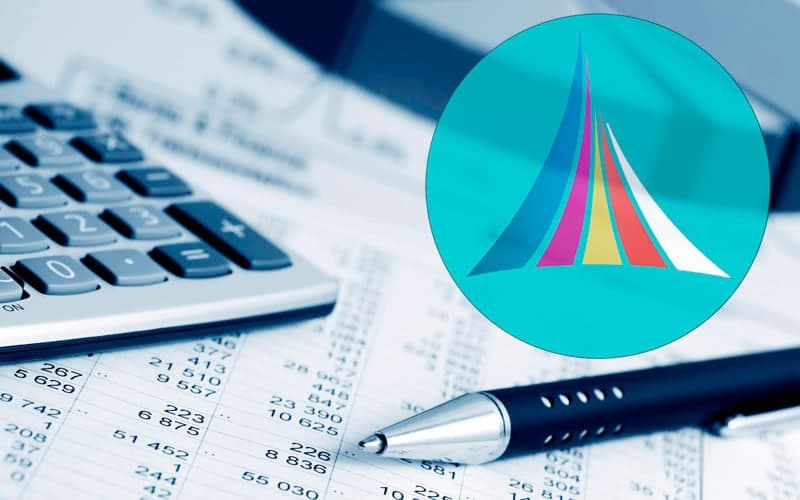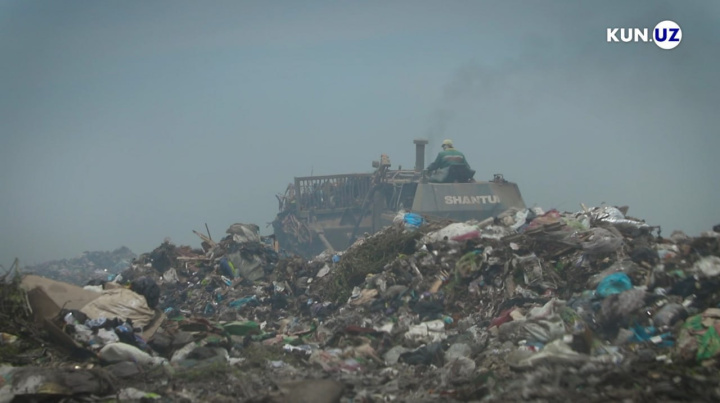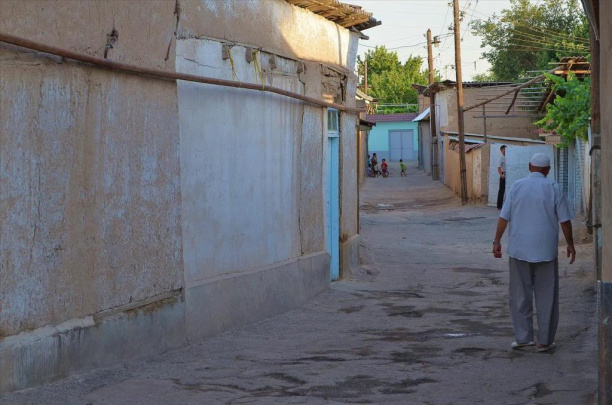Over the next 5 years, the National Economic Development Section of the Development Strategy will increase GDP per capita by 1.6 times (from $1,750 to $2,800) and per capita income – by $4,000 until 2030.
To achieve this goal, the following has been planned for 2022.
Gross domestic product
A macroeconomic forecast (macromodel) with several scenarios for the next 5 years will be developed in cooperation with international financial institutions. Wherein:
• increasing GDP to $100 billion and ensure high incomes;
• assessment of the impact on the economy in the implementation of structural reforms;
• providing energy resources needed for economic growth;
• forecasting changes in foreign markets and mitigating the impact of external factors on economic growth;
• identification of “growth points” by determining the contribution of regions and industries to economic growth, etc.
Deputy PM Jamshid Kuchkarov has been tasked to develop specific measures in key macroeconomic areas by August 2022.
A forecast of key macroeconomic indicators for 2023-2025 will be developed, including:
• economic growth above the average of 6.5 percent;
• to keep inflation at the target level of 5% from 2024;
• mutual coordination of monetary, fiscal policies and structural reforms.
Inflation
It is planned to take measures to achieve a stable inflation target by reducing the monetary factors of inflation. Wherein:
• maintaining stable monetary conditions, including ensuring that the growth rate of credit investments in the economy (16-18%) is commensurate with the growth rate of nominal GDP;
• ensuring the formation of real positive interest rates of 2-3% on money market operations;
• Strengthening the impact of the central bank's monetary instruments on inflation;
• improvement of communication policy aimed at reducing inflation expectations in the economy.
Monopolies
In 2022, it is planned to develop competition in consumer markets and take effective antitrust measures. Wherein:
• elimination of factors that negatively affect the competitive environment in the domestic consumer market and reduce the level of concentration on imports;
• increase supply and eliminate seasonal shortages in food and non-food markets;
• taking into account the impact of tariff and non-tariff regulation on inflation and mitigation of its consequences;
• based on the situation on world markets, measures will be taken to apply reasonable customs rates on imports of goods in high demand in the domestic market, and a draft presidential decree will be developed by September 2022.
Trade infrastructure will be developed in regions
It provides for:
• establishment of large wholesale and retail centers in each region, including logistics, refrigerators, warehouses;
• establishment of at least 3 modern shopping centers in large districts / cities;
• increasing mobile sales outlets in rural areas;
• establishment of shopping centers in the border areas, which will allow the population to trade freely.
A “roadmap” will be implemented to fill the domestic market with food products and ensure price stability.
In terms of regions, it is planned to:
• define indicators of the volume of food stocks and interventions in the domestic market;
• outline clearly the responsibilities of regional administrations to ensure price stability in the domestic market;
• develop a draft presidential decree on the stabilization of prices for basic foodstuffs and the development of rules for the formation and use of stocks (interventions in consumer markets) will be developed by April 2022.
It is also planned to begin work on developing a “Medium-Term Revenue Strategy” based on the recommendations of international financial institutions and submit the draft Strategy to the Coordinating Council for the implementation of national goals and objectives in the field of sustainable development until 2030 by September 1, 2022.
Initiative budget
It is planned to spend at least 5% of the budget of each district to address the most pressing issues on the basis of proposals from the population under the program “Citizens’ Budget”.
Practical measures will be taken from February this year to introduce at least 50% of the funds allocated for the repair of regional internal roads in the parameters of district and city budgets for the repair of internal roads, identified through public information through the information portal “Open Budget”.
Public debt
In the management of public debt, the amount of newly attracted external debt per year will not exceed $4.5 billion.
As part of the fiscal strategy for the medium term, a public debt management strategy will be developed. Wherein:
• through the current state of public debt and multiple forecast scenarios, measures will be taken to ensure that public debt does not exceed 60% of GDP in the medium term;
• practical measures will be taken during 2022 to provide for effective risk management measures in the structure of the public debt portfolio.
The procedure for issuing guarantees of the Republic of Uzbekistan when borrowing on the basis of state guarantees will be improved. In particular:
• the conclusion of the Ministry of Finance on the expediency of issuing a state guarantee shall be submitted to the Cabinet of Ministers based on the analysis of the financial condition of the borrowing enterprises, the viability of the project, cash flows and other risks associated with the project;
• payments for the state guarantee will be determined based on the level of risk on the financial condition of the borrowing enterprises;
• a draft normative-legal document aimed at introducing a procedure for establishing financial conditions and requirements for enterprises in the provision of state guarantees will be developed by September this year.
The presidential decree on approving the list of projects to be implemented next year at the expense of public debt and foreign loans guaranteed by the state will be developed by December 15, 2022.






